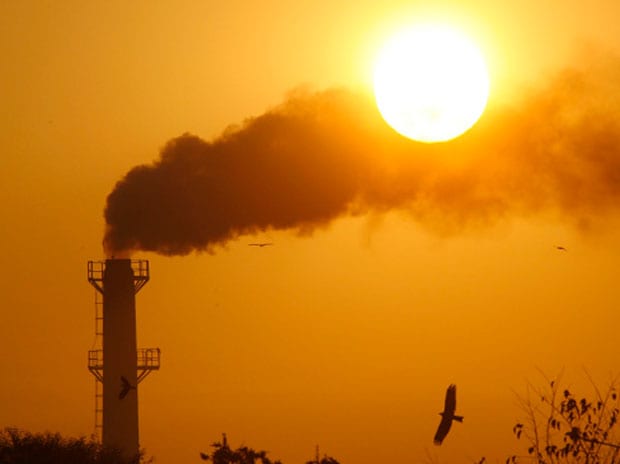China waited to strong growth trajectory before pledging to reach
net-zero emissions but India is about 15-20 years behind China in terms of
development.
India will not
only meet its climate commitments but is also set to overachieve, Prime
Minister Narendra
Modi said on November 22, 2020, speaking at a side event at the 15th summit
of the G20 countries.
The announcement came just days after the United States, the world’s second
largest emitter, elected Joe Biden as its next President, who has avowed
net-zero carbon emissions by 2050. Biden promptly appointed John Kerry--a
former diplomat instrumental in getting the US to sign on the Paris Agreement
back in 2015--as his climate envoy. Just weeks ago, China, the world's largest
emitter, had announced that it would achieve net-zero emissions by 2060. [What
is net-zero carbon emissions? See box]
This has turned
the spotlight on India--the world’s third largest emitter of climate
change-inducing carbon
dioxide (CO2).
PM Modi's speech
was underwhelming for some climate researchers, who saw it as yet another proof
of India’s hesitation to aim high. India’s global climate strategy has always
been about under-promising and over-delivering, said Vaibhav Chaturvedi, fellow
with the think-tank Council on Energy, Environment and Water (CEEW). “We knew
back in 2017-2018 that India is going to overperform on its climate commitment
of reaching 40% renewable energy in its electricity mix by 2030,” he said.
Other experts
point out that India is in no position to set an economy-wide net-zero target
if it wants to sustain economic growth, pull millions out of poverty and
provide power to the millions still underserved. At best, it can aim for
net-zero emissions in select sectors such as power and transport, in which it
has access to effective technological solutions.
Declaring net-zero
targets in sectors that are ready would, in fact, be a good move, experts
believe--it would send out strong policy signals to businesses to act against
pollution.

No comments:
Post a Comment